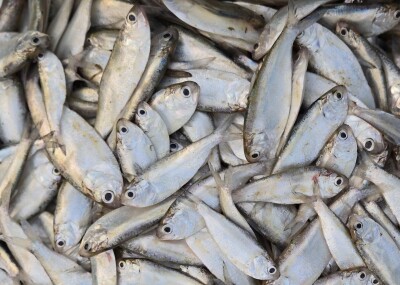It's a typical morning in the West Melbourne offices of Roffs Ocean Forecasting (www.roffs.com), and Mitch Roffer, Ph.D., is fresh out of his kayak from exploring the waters near his coastal home just north of Sebastian Inlet.
Roffer and his team are going over satellite imagery from around the world, producing subscription-based analysis helping pinpoint likely areas to find bait, game and food fish for recreational anglers and commercial fishermen from Maine to the Bahamas and throughout the Gulf of Mexico and Caribbean.
"We download the satellite every morning, and we have to re-navigate and re-calibrate the imagery," Roffer says. "We do that to make sure the images fit GPS grids to pinpoint locations, but also to make sure that water temperatures are right. If we don't, temperatures could be off by as much as one to three degrees."
And that — as die-hard fishermen know — can be the difference between catching and not.
Unlike many other processes in our daily lives that have become rote thanks to automation, Roffer and his staff perform the initial work manually as they have most mornings since 1989.
"The automated methods just don't work as well," Roffer says. "In order to give the most accurate and reliable analysis available, it's done by us every morning."
Read the full story at the Florida Today>>
Want to read more about fishery data? Click here...






